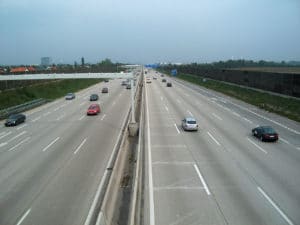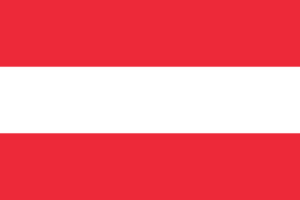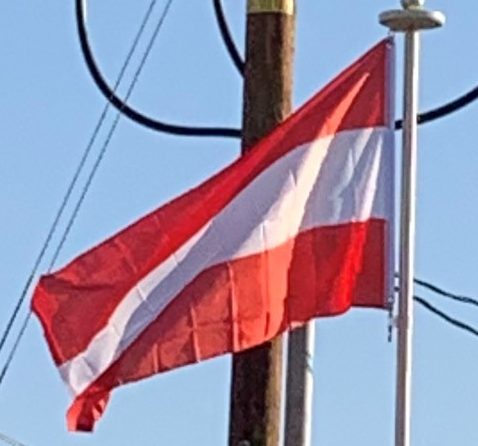
Tourism in Austria accounts for almost 9% of its gross domestic product. In 2007, Austria ranked 9th worldwide in international tourism receipts, with 18.9 billion US$. In international tourist arrivals, Austria ranked 12th with 20.8 million tourists.
Transportation:
Austria has a well developed system of railways for both freight and passenger services. Approximately half of the railway infrastructure is electrified.
There are also commuter railways in several towns and cities including Serfaus, Graz, Innsbruck, Salzburg, and Vienna.
Austria also has an extremely well developed road system with 200,000 km, 100% paved, including at least 20 expressways.

There are four ports that access the Danube, located in Enns, Krems, Linz, and Vienna.
All Austrian ports are via the Rhine-Main-Danube Canal also connected to the port of Rotterdam in the Netherlands.
Austria has 55 airports and two heliport. Most airports in the country have short, unpaved runways. One airport has paved runways longer than 10,000 feet.

There are six airports in Austria that handle the vast majority of passenger air traffic. In order of passenger volume these airports are:
Vienna
Salzburg
Innsbruck
Graz
Linz
Klagenfurt
Flag of Austria:
The flag of Austria has three equal horizontal bands of red, white, and red. The Austrian triband is based on the coat of arms of the Babenberg dynasty, recorded in the 13th century. It may have seen use in flags from about the 15th century, alongside the black-and-yellow colors of the House of Habsburg and other insignia of the Holy Roman Empire. It was adopted as a naval ensign in the 18th century, and as national flag in 1918.

The flag traces back to the coat of arms of the medieval Babenberg dynasty, a silver band on a red field. The origin of the Bindenschild has not been conclusively established, it possibly derived from the Styrian margraves of the Otakar noble family, who themselves may have adopted the colors from the descendants of the Carinthian duke Adalbero (ruled 1011–1035), a scion of the House of Eppenstein extinct in 1122. However, the Babenberg margrave Leopold III of Austria (1095–1136) had already been depicted with a triband shield in 1105.
When the last Otakar Duke Ottokar IV of Styria died in 1192, the Styrian duchy was inherited by the Babenberg duke Leopold V of Austria according to the 1186 Georgenberg Pact. According to the 18th-century historian Chrysostomus Hanthaler, his grandson Duke Frederick II of Austria (1230–1246), nicknamed the “Quarrelsome” or the “Warlike”, the last of the Babenberg dynasty, designed a new coat of arms in red-white-red after his accession—an attempt to prevail against reluctant local nobles and to stress his autonomy towards Emperor Frederick II. The triband is first documented in a seal on a deed issued on 30 November 1230, confirming the privileges of Lilienfeld Abbey. The medieval chronicler Jans der Enikel reports that the duke appeared in a red-white-red ceremonial dress at his 1232 accolade in the Vienna Schottenstift.
